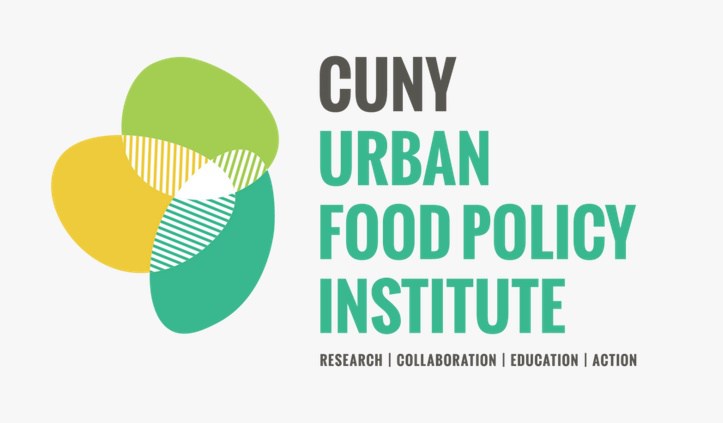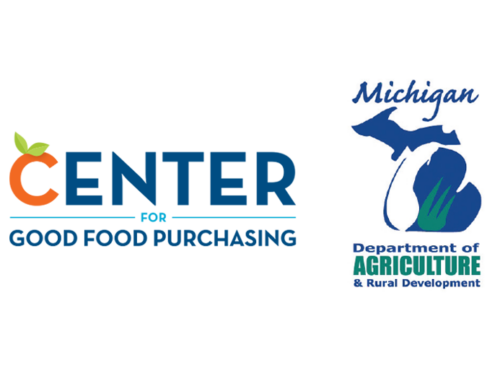How Cities are Improving Animal Welfare in our Food System
Leah Galitzdorfer
The nomination of our nation’s new Secretary of Agriculture is imminent—likely to occur over the three days prior to Friday’s inauguration, according to Vice-President-elect Mike Pence. As my colleague Nora Gilbert and I recently wrote, we’ll soon know whether the new administration will use this key position to support the rural and farming population that was so instrumental in placing them in power.
As my colleague Karen Stillerman has meticulously documented, however, we can tell a great deal about the new administration’s intentions from Mr. Trump’s choices for other cabinet and diplomatic positions. In brief, we can expect strong support for export-oriented commodity production, rollback of environmental regulations and the undermining of workers’ rights and wages. If these expectations come true they will work directly against the interests of most farmers and rural citizens—and against key pillars of the “good food” movement, which is working for a more healthful, equitable, and sustainable food system.
Before concluding that under such a scenario—the lack of official federal support—the movement for a better food system for all will stall for at least four years, it is well to take a sober look at the current moment in good food matters.
The 2016 general election was good for the good food movement. This isn’t happy talk. While it is true that food and agriculture issues weren’t part of the official electoral discourse, there were victories for key local building blocks of a better food system. It wasn’t just that voters in four cities approved a tax on soda (joined soon thereafter by Cook County, Illinois.) An Oklahoma initiative that sought to protect animal factory farms from regulation was defeated. And four states voted to raise their minimum wage above the anemic $7.25 per hour federal standard.
These are not trivial achievements. More than 2 million low-wage workers stand to benefit from the successful poverty-fighting ballot initiatives of Arizona, Colorado, Maine and Washington. The Oklahoma Farm Bureau and livestock interest groups spent $1 million in their cynical effort to permanently exempt themselves from environmental responsibility in that state. The powerful American Beverage Association spent $38 million to fight the soda initiatives. These formidable forces are not shadow boxing.
Which brings us to the major reason good food advocates should be encouraged. Many things can be said about this election, but these developments make clear that a bright line has been drawn between the interests of a narrow fringe of agribusiness and the broader interests of the nation, including most its farmers. Most importantly, given the dynamics of this election—ostensibly to overturn entrenched business interests in Washington and reverse growing economic inequality—it is a contest that is too far gone for those narrow agribusiness interests to win. Even if they are ushered directly into leadership of the Department of Agriculture.
How do we know this? The only sector of the food business that is growing is good food, as processors, retailers and restaurateurs know full well because they are scrambling to keep pace with this customer-led trend. That, in turn, is but one indicator of a larger shift in the nation’s food culture.
Americans have become keenly interested in food as a way to improve health, local economies, farmer wellbeing and justice for food workers. Witness: Breakfast cereal sales have been declining for a decade. Soda sales are at a 30-year low. Red-meat consumption has plummeted for four decades. For the first time in a decade, annual obesity rates declined in four states. Local food sales grew to at least $12 billion in 2014 (from $5 billion in 2008), and some estimates indicate these could reach $20 billion by 2019. In 2013-2014, schools purchased almost $800 million in local food, benefiting both regional economies and more than 23 million children in over 42,000 schools. Such innovations can only be successful with the full support of school administrators and parent associations.
Additionally, Americans are actively seeking ways to support farmers directly. Over 8,600 farmers markets are now set up regularly in the United States, and almost 1,400 farms are listed as offering direct on-farm sales. More than 700 community-supported agriculture schemes have registered with the Department of Agriculture’s directory. Crucially, citizens have understood and are supporting cross-cutting measures to link food purchasing with the wellbeing of farmers, workers, and the environment. This is what the groundbreaking Good Food Purchasing Program enables (the program has been adopted thus far in Los Angeles, San Francisco and Oakland, and is soon to come to other major American cities.) 215 food policy councils around the country pursue similar goals, as do state food charters adopted by Michigan and Minnesota.
So, when the new administration’s agricultural advisors purport to speak for “American agriculture” and say that they know better than their clients what the direction of the food system is, they are clearly out of step with both market dynamics and the nation’s food culture. The truth is that, at best, they are speaking about the interests of just 4 percent of the farming population: those who operate at a scale (annual sales of $1 million or more) that can engage with global, export-oriented agribusiness markets. These large industrial operations have little in common with the vast majority of US farms, which numbered about 2.1 million in 2012.
This should be important for the new administration, because the rural and farming population that has supported them will rightfully expect federal policies that are equitable and favor most farmers, not just a sliver of already wealthy and politically entrenched agribusiness interests.
Which brings us to the major reason for hope, and a concrete agenda for the next four years of the food movement. Clearly, the nation’s food system innovations are springing from communities and state and local governance, bottom-up, and in largely non-partisan manner. While leadership from the federal level would be welcome, the trend to redirect the food system toward good food has taken hold and is driving the commercial food sector to restructure. We can tell change is real when the largest companies in the sector are investing serious resources to transform their value chains to meet customer demand. The good food movement must continue applying its pressure and leading this fast-paced local and regional work in pursuit of the socially equalizing agenda for more healthful, sustainable, fair, affordable and humane food production.
Meanwhile, if the incoming federal administration is to make good on the expectations it has created among its supporters, it must reconcile crucial inconsistencies between its outright divisive and violent campaign rhetoric and the actual interests of its major supporters. Foremost among these are:
- Policies that benefit most the nation’s farmers, of all scales, ethnicities and genders, by supporting fair prices and reinvestment in rural economies and infrastructure;
- Comprehensive immigration reform, including ending wage inequality and worker safety exemptions. Otherwise, these amount to sanctioned labor exploitation, leading directly to poverty and hunger in the midst of one of the wealthiest nations on earth. Without this labor, farms will not work—and no one understands this better than the nation’s farmers;
- Investment in research, extension and education for regenerative agricultural practices, the kind that reward farm management skills and result in higher profit margins for farmers. Public investment in this area of agricultural science is essential because the private sector is not motivated to develop knowledge that doesn’t result in products (like pesticides and synthetic fertilizers) that can be sold year on year. And studies have shown that each dollar invested in agricultural research returns $10 benefit to the economy.
- Increasing the minimum wage to enable food workers and other marginalized members of the working class—disproportionately people of color—to afford fair prices for food and to thrive as full-fledged contributors in a healthy economy.
A constant throughout the swirls and eddies of American history and progress has been the persistence and dedication of citizens to lead at the grassroots level—at the frontline of school boards, city councils, county boards, state legislatures and through their entrepreneurial innovation—to develop, test and apply the better ideas that work for everyone. It remains to be seen if the new federal administration will follow through on its promises of creating new jobs and a vibrant economy for those left behind by globalization and economic elitism, for farmers, rural citizens and the working class, but if they do, they will merely be following the shifting food culture. The food movement has risen, it is made up of everyone who eats and wants a better tomorrow, it is already reshaping the food business, and it is a force that cannot be stopped—unless we become dispirited. As my colleagues Mark Bittman, Michael Pollan, Olivier De Schutter and I argue, a moment of truth for the food movement has arrived. We must continue working for what we want, yet amplify the momentum of the food movement by forming common cause with others who will fight for a better world for us all. What could make the nation greater than that?





